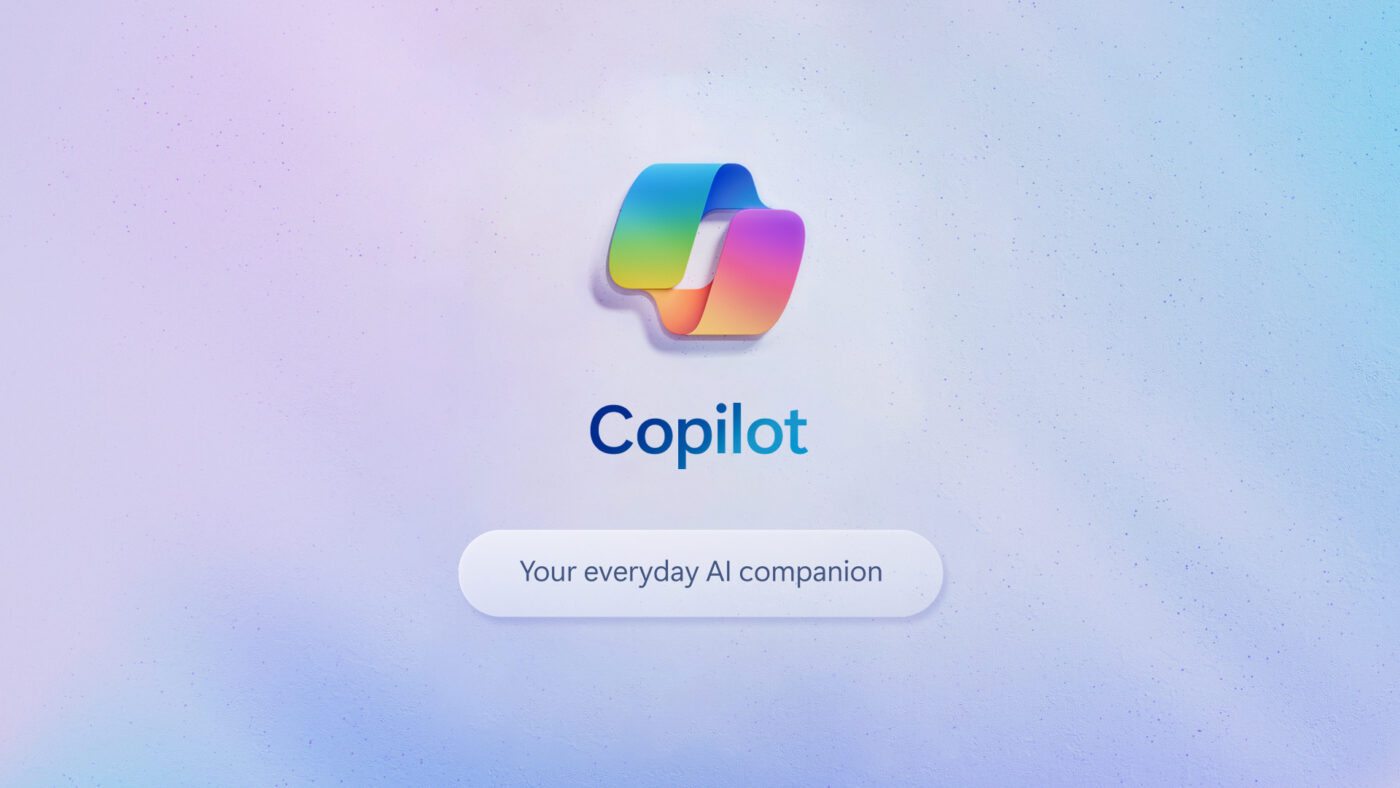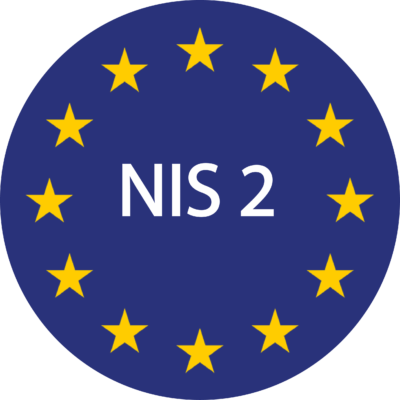How to prepare your organization
for Microsoft 365 Copilot

Until mid-2023 Modern Work was about Mobility, Security and Productivity. Enabling your employees to work hard, efficient and any time at any place was the ambition of CIO and CEO. Most organization took this opportunity to redesign their office environments, to rewrite the labor agreements and in some cases to train their workforce for this new reality. But there are limits to human mobility and employee productivity. In order to further optimize the output of the current worker AI will be your companion
AI and more specifically Microsoft’s new Copilot line up is a very powerful instrument to leverage the capabilities and talents that are available in your organization. The single and seamless AI experience through the familiar Office 365 apps, the Image Creator from Designer and the ability to build your own Copilot GPT. All superchargers to boost your creativity and innovation, but important to remember that this magic only happens when you combine the power of large language models (LLMs) with your data. Microsoft offers you this powerful reasoning engine, but is your data governance ready?
Prepare your organisation for copilot
License prerequisites
Office 365 or Microsoft 365
Business prerequisites
Define an internal and external AI-powered strategy
Copilot for everybody?
- Define a test group based on profiles
- Check whether these profiles are secure
- Who has access to which data
- Train the pilot team on the new tools
- Monitor the behavior of this group
Data assessment
- Migrate your data to the cloud for access
- Secure your data and protect access
- Visualize your data model for governance
- Clean data sources and qualify privacy and control standard
- Rethink your storage strategy and cost
Governance measurement
- Build a governance framework prior to the AI introduction
- Invest in a monitoring engine that identifies all relevant KPIs in terms of users, devices, apps and data. Learn what Microsoft Graph is
exposing - Let you Governance Center report, assess and
remediate by design
Integration planning
- Evaluate your infra architecture to understand how Copilot can be integrated and what Copilot will access, who it will touch and where it will create new data
- Re-engineer your workflows with AI benefits
- Minimize IT Ops failure by a well-thought integration plan
Copilot is not an autopilot, take the lead to review your zero trust model with us for what is coming.
Our governance program allows organizations to introduce in a confident way Copilot in their Modern Workplace
A powerful portal and our adequate advisory service guide you to the next destination
With ready-to-use reporting, built-in workflows, and playbooks for automated governance we assist your journey





